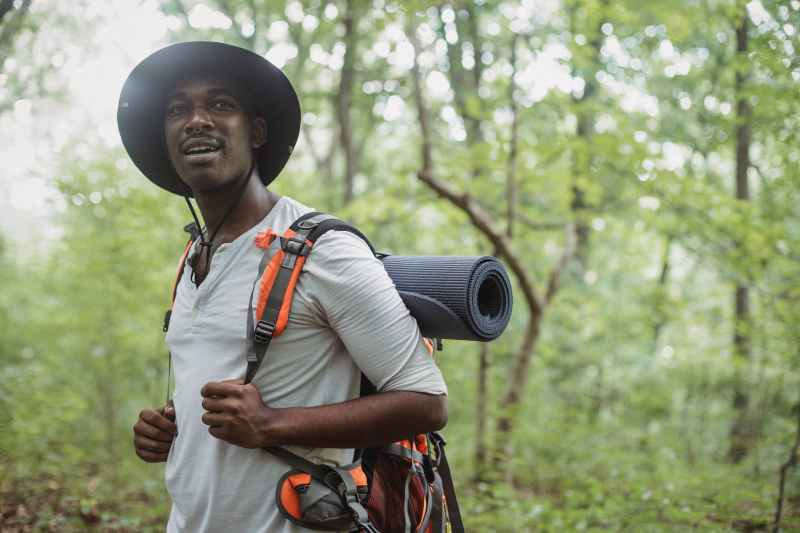
Fall is a great time to hit the trail. The heat of the summer has subsided and you can spend all day out exploring without having to stop for shade in the middle of the day. True, the days are slightly shorter, but that shouldn’t stop you from getting at least as much done as you can throughout the summer.
But with those shorter days comes cooler conditions and more changeable weather systems. One moment you’re kicking your way through swathes of burnt orange leaves, the next you’re pulling your hood low over your eyes and trying to find shelter. Fall hiking requires a different gear setup than summer hiking, so let’s look at what to bring hiking for the fall.
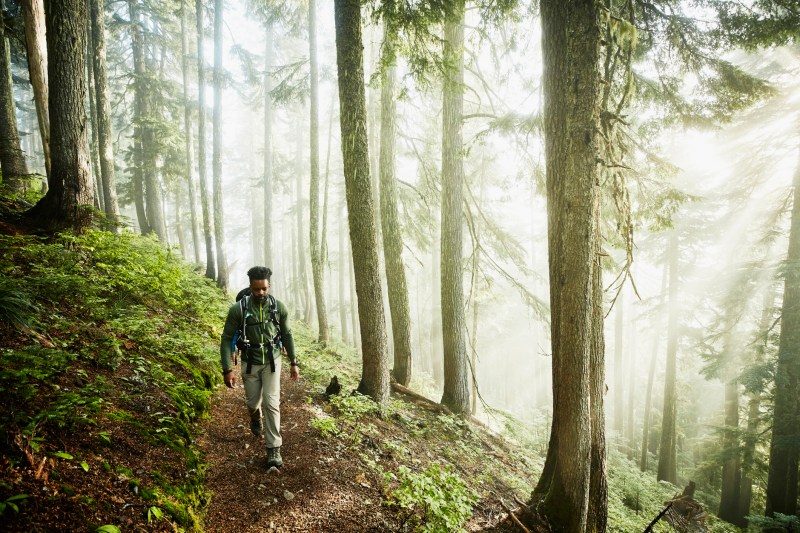
Fall hiking: What to wear
Hiking in the fall requires a different clothing setup than on warm summer days. When the weather is reliably warm, you can hit the trail in a breathable T-shirt and pair of shorts, strap on some runners and go for hours. Knowing what to wear while hiking is invaluable, especially as the weather starts to turn, so here’s our advice for those fall hiking days.
Layer up
With such changeable weather, you never know what is going to be thrown at you. By using a layering system, you can regulate your temperature more effectively and adapt to any conditions. Start from the bottom, with a merino wool shirt. Merino wool has excellent breathability and temperature control, as well as the bonus that they trap odor so you won’t stink after a day on the trail.
When it comes to picking your mid-layers, remember that you’re going to be active on the trail. A heavy fleece or insulated jacket has the potential to make you overheat, and a more active fleece like the REI Flash Power Air Fleece will help you regulate temperature and moisture more effectively. Keep an insulated jacket with you to throw on when you take a break so you don’t cool down too much to get going again.
Ditch the shorts
If you’re headed out for a full day on the trail in the fall, you’re going to need a good-quality pair of hiking pants. Shorts are great for hot weather hikes, but keeping your legs protected and warm is key to full-body comfort. If you’re heading out for an overnight trek, or it’s looking especially cold on the trail, you can add a pair of merino thermal underwear to get the same layering benefits as on your top half.
Boot up
Like the shorts, it might be time to ditch the trail runners when you’re going hiking in fall. Waterproof hiking boots are not only a better option to keep the rain and puddles from soaking your feet, but they also offer better support on rough, wet ground. A rolled ankle on a remote trail in fall can see you spending hours sitting in the rain, waiting for rescue. Better to wear boots from the start unless you’re planning a fast-paced day out.
Don’t forget the socks
The best-fitted hiking boot is no use if you don’t have the right socks underneath. Like all the other laying systems, this should start with a pair of hiking socks made from — you guessed it — merino wool. It really is that good that we’re recommending it for your feet, too. You sweat a lot while you walk, and your feet are taking a lot of abuse. Cushion them, let them breathe, and keep them comfortable, and they will keep you walking blister-free for hours.
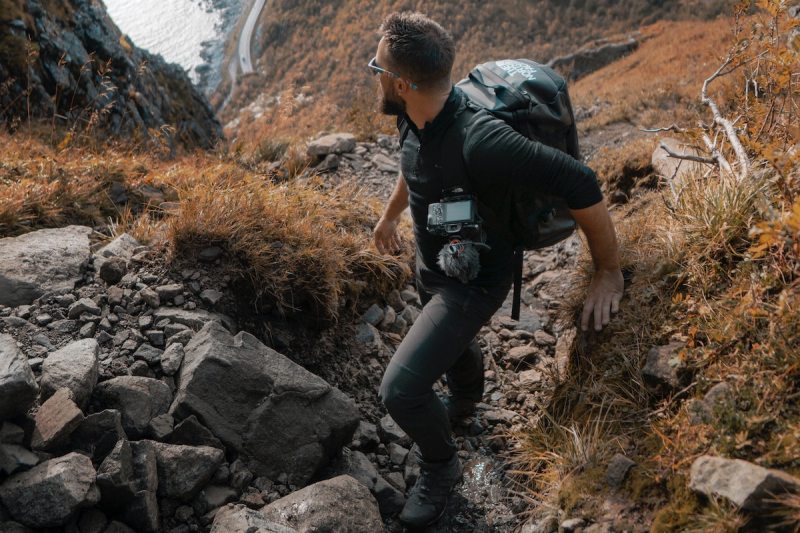
Fall hiking: What to pack
It’s time to change out the hydration pack that you’ve relied on for summer for your favorite hiking backpack. With variable weather and shorter days, you’ll need to carry more gear with you on your hike. Here’s our fall hiking packing list.
Waterproof jacket and pants
They might not leave your pack for four hikes in a row, but that day that the forecast is wrong, you’ll be glad you’ve carried your waterproof jacket and pants with you. A lightweight set of waterproofs can weigh under 2 pounds — barely noticeable in your bag — and will keep you dry in the event of an unexpected shower. If you’re the sort of hiker that will go out of the door no matter what — even in a heavy downpour — you will benefit from a heavier-duty set of waterproofs, designed for rougher conditions.
Insulated jacket
A spare layer can save your life. Perhaps you misjudged your distances, or maybe you’ve got a blister and it’s slowing you down. If you find yourself hiking for longer — and at a slower pace — than you planned for, you’re going to cool down. Insulated jackets pack down small, weigh very little, and can warm you up quickly. Synthetic insulation is usually a better choice. Although it weighs slightly more than down, it still remains warm when wet, and won’t suffer long-term damage from a soaking.
Hat, gloves, neck gaiter
Pack a beanie hat, some lightweight gloves, and a neck gaiter into your bag. The weight is barely noticeable, but you never know when they’re going to come in handy. There’s nothing more frustrating than having a warm body, cozy legs, and frozen fingers or ears. These three items might be the missing piece of the puzzle for extreme comfort in fall hiking. They’re also invaluable if you find yourself lost, stranded, or need to help a fellow hiker who is struggling.
Headlamp
The days get shorter every year, but every year it catches us by surprise. All of a sudden, it’s six o’clock, and the sun has gone down, and you’re on the trail trying to navigate yourself back to the trailhead car park using the meager flashlight on your phone. Surely it’s easier to throw a headlamp into your pack so you’ve always got a hands-free light to get yourself home. Just remember to check the batteries or charge up before you go.
Nutrition and hydration
Keeping yourself properly fuelled and hydrated is equally important in the fall as in the summer. When the sun isn’t beating down on you, it can be hard to remember to drink enough water to stay focused. It’s important to drink small amounts regularly, as you’re still going to be losing moisture as you sweat. Take at least one water bottle, and if there are no fill-up points on the way, consider a portable filter rather than carrying excess weight in water.
One thing most people won’t struggle with is staying fuelled on the go. Guilt-free eating is one of the best parts of a long day of hiking, and there are endless trail snacks to choose from. Pack some extra food at the bottom of your backpack for emergencies. That way, if you get stranded, lost, or just spend longer out than you had intended, you’ve got some calories with you to stay warm and keep moving. If you don’t get into an emergency situation, reward yourself by eating that extra bar of chocolate or slab of cake when you reach your car. Then make sure to replace it for next time.
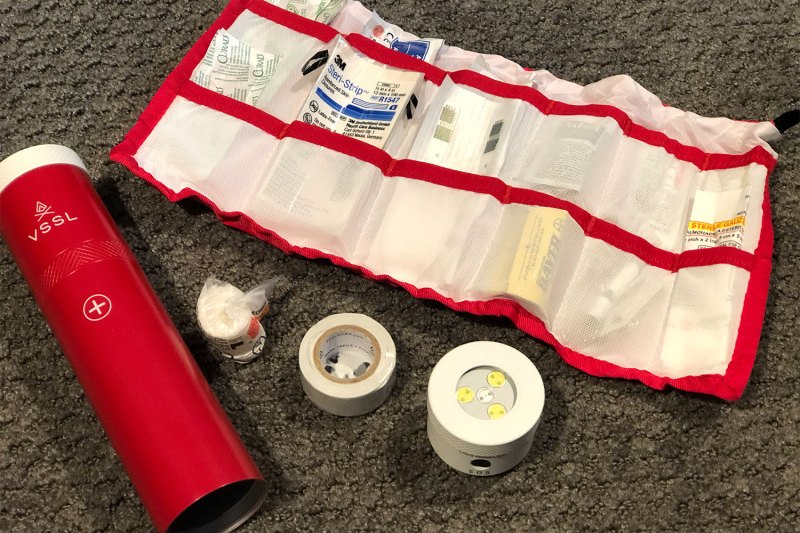
More essentials for fall hiking
These are just as important as the items above, but these hiking supplies may not be as obvious for your fall hiking adventure.
- Navigation tools. A trusty compass or map is essential for staying on track, especially if you’re hiking in unfamiliar territory.
- First-aid kit. This kit should include items to treat minor injuries, such as cuts, scrapes, and blisters.
- Knife or multitool. You may need this for a variety of tasks, such as opening food containers, fixing gear, or building a shelter.
- Sunscreen and sunglasses. Always protect yourself from the sun’s rays, even on cloudy fall days.
- Insect repellent. Mosquitoes and ticks can be a problem in the fall just as they are at other times of the year, so be sure to bring insect repellent.
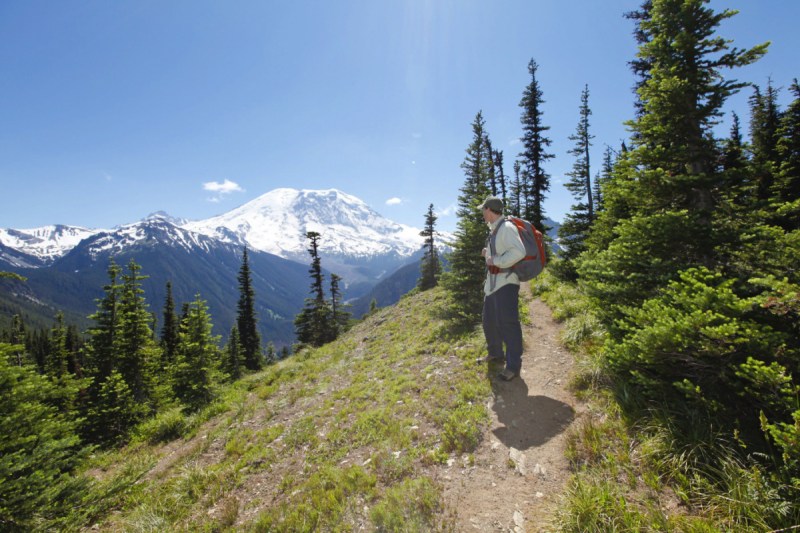
General tips for fall hiking
Now that you have your checklist of essentials, here are a handful of tips to keep in mind when hiking this fall.
- Let someone know where you’re going. Tell a friend or family member where you’re hiking and when you expect to be back.
- Be aware of the changing weather conditions. The weather can change quickly in the fall, so be sure to check the forecast before you leave.
- Dress in layers. This allows you to adjust your clothing as needed to stay comfortable.
- Be prepared for wildlife. Deer, bears, and other animals are more active in the fall, so always stay aware of your surroundings.
- Leave no trace. Pack out all of your trash and respect the natural environment.



